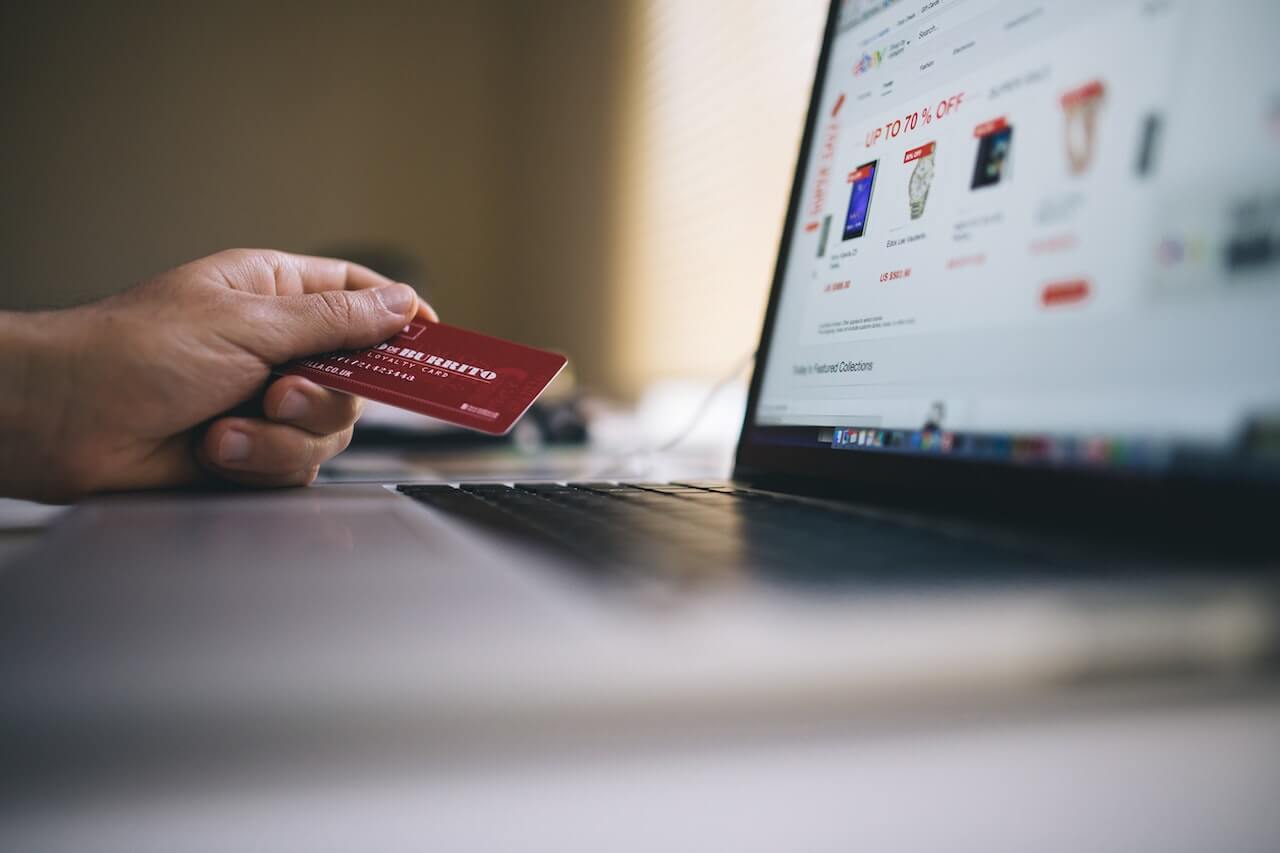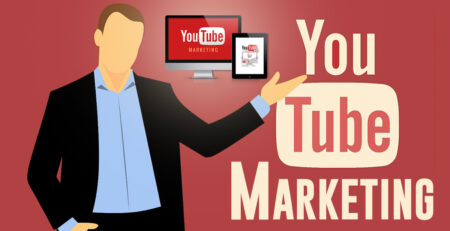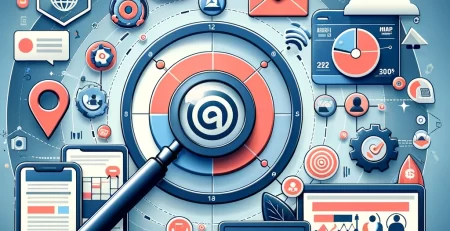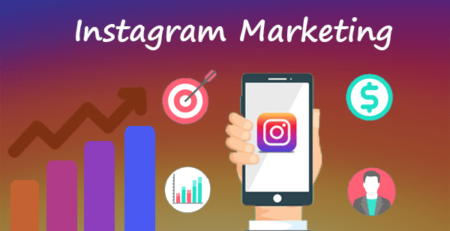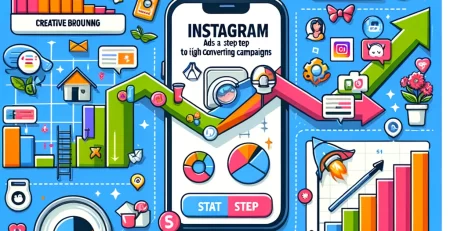The Ultimate Ecommerce Sales Funnel (Hacking the Growth Curve)
A sales funnel is an essential tool for any eCommerce business. It helps you to map the buyer’s journey and identify what you need to do at each stage to convert prospects into customers. Each stage of the funnel presents an opportunity to win over a customer, so it’s important to have a clear strategy for moving prospects. By understanding the buyer’s journey, you can create the right content and resources to increase your chances of making a sale.
eCommerce industry overview
The retail e-commerce industry in the United States has been growing rapidly in recent years, and this trend is expected to continue in the coming years. According to Statista, revenue from retail e-commerce was estimated at roughly 905 billion U.S. dollars in 2022, and this is forecast to grow to 1.7 trillion dollars by 2027.
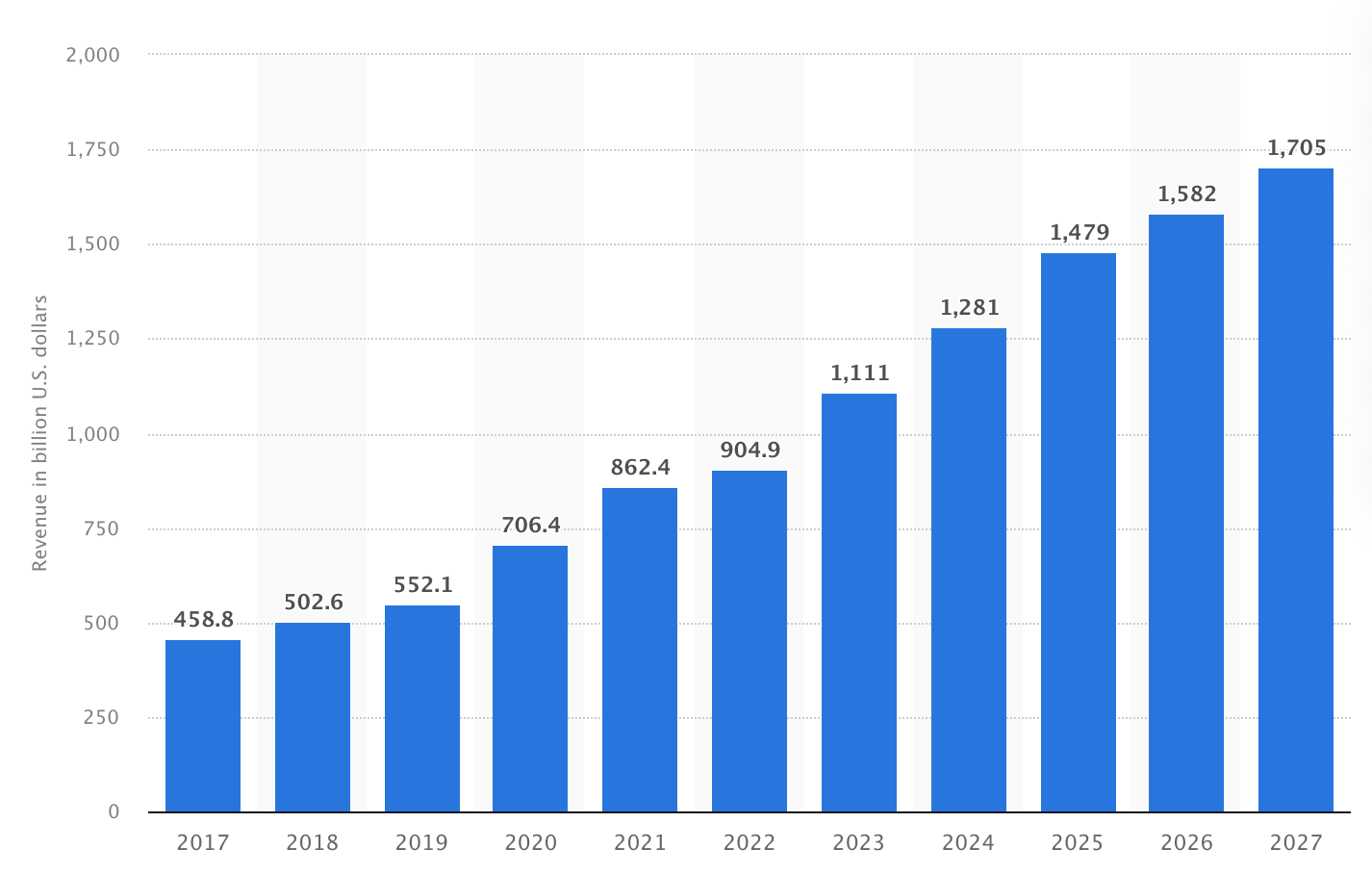
image credit: Statista
This rapid growth is being driven by a number of factors, including the increasing use of mobile devices for shopping, the growth of digital payment platforms, and the increasing popularity of subscription-based shopping services.
With more consumers than ever before turning to online shopping, businesses need to ensure that they are well-positioned to take advantage of this growing market.
What is eCommerce sales funnel?
The sales funnel is the process that potential customers go through as they move from awareness of your product or service to becoming paying customers. There are five most popular types of the sales funnel:
1. The AIDA Model
The AIDA model is a sales funnel that is often used in e-commerce. The acronym stands for Awareness, Interest, Desire, and Action. The AIDA model is designed to take potential customers through each of these stages, from becoming aware of a product or service to taking action and making a purchase.
2. The PAS Model
The PAS model is a sales funnel that is similar to the AIDA model. However, instead of Awareness, Interest, Desire, and Action, the acronym stands for Problem, Agitation, and Solution. This sales funnel is designed to help potential customers understand their problem, feel the need to solve it, and then purchase a product or service that will help them do so.
3. The Funnel Cake Model
The funnel cake model is a sales funnel designed for businesses that sell products or services requiring a high level of customization. This type of funnel takes potential customers through the stages of Consultation, Customization, and Purchase. This sales funnel is designed to help businesses build relationships with their potential customers and ensure that they are providing them with a product or service that meets their specific needs.
4. The Product Sales Funnel
The product sales funnel is a sales funnel that is designed for businesses that sell physical products. This type of funnel takes potential customers through the stages of Research, Selection, and Purchase. This sales funnel helps businesses provide their potential customers with information about their products, so they can make an informed decision about a purchase.
By understanding how the main types of eCommerce sales funnel and how they work, companies can better identify where potential customers are dropping off and make changes to improve their chances of conversion.
How to build a powerful eCommerce sales funnel
One of the most effective models for building an eCommerce sales funnel is AIDA. Let’s analyze its main components and define the tactics you can implement in order to speed up your business growth.
1. Awareness
The sales funnel typically starts with awareness, which means your prospective customers become aware of their needs or problems. They may not be aware of your solution yet, but they are aware that they need something.
Your job in the awareness stage is to persuade them that you are the best possible solution for their needs.
Best strategy: This stage requires creating content that is relevant and informative, and speaks to their specific needs. Your content should be easily accessible so that prospects can find it when they are searching for solutions to their problems. And there are two ways how you can do this –
- Organic traffic, using the best SEO practices to optimize your website. It is free but time-consuming and requires skills in the field.
- Advertising using PPC or targeted social media ads. It requires investments but brings faster results.
2. Interest
The interest stage is when consumers are considering buying from you. Your main goal is to help potential clients take the next action, such as adding a product to the cart or a wishlist.
Best strategy: Start promoting your content and products subtly with email marketing and persuade site visitors with compelling copy.
Use pop-ups and lead capture forms to offer incentives that nudge users further down the funnel, such as free shipping or exclusive discounts.
Create urgency with countdown timers and stock alerts to encourage customers to take the next step while they’re still interested.
Keep in mind that at this stage, you’re not selling, you’re building interest. By taking these steps, you can move customers through the interest stage and down the funnel toward a purchase.
3. Decision
At the decision stage, you have already attracted interested visitors to your e-commerce site. So, your main goal now is to save potential clients at the decision stage from possible interruptions and provide a gentle nudge to complete the purchase.
Best strategy: On-site messages and emails are the most effective tools at this stage.
On-site messages can be used to increase urgency or teach visitors about special offers that are only available for a limited time. You can also use on-site messages to remind visitors about items they have left in their shopping cart or encourage them to take advantage of free shipping offers.
Emails can be used to share timely updates about changes in stock levels, new product arrivals, or special promotions. You can also use emails to send personalized recommendations based on their browsing history.
4. Action
Congratulations on making it to the action stage! Your hard work has paid off, and you should be proud of your achievements. Now it’s time to focus on the next phase of the customer journey: retention.
The goal of customer retention is to keep your existing customers happy and engaged so they continue doing business with you. This is no easy feat, but it’s important to remember that repeat customers are key drivers of sales revenue. So how do you retain your customers?
Best strategy: There are a few key strategies you can use, such as creating loyalty programs, providing outstanding customer service, and constantly communicating with your customers. But perhaps the most important thing is to simply listen to your customers and give them what they want. By understanding their needs and meeting their expectations, you’ll be well on your way to keeping them for life.
Sum up
The sales funnel is a process that businesses use to identify and target new potential customers, and then guide them through the journey from initial awareness all the way to purchase. However, just because the sales funnel exists, doesn’t mean that potential customers will automatically go through it. In order for businesses to maximize their conversion rates, they need to understand how potential customers are moving through their e-commerce sales funnel and then optimize each stage for higher conversions. By understanding the sales funnel stages, businesses can better tailor their marketing efforts to meet the needs of their potential customers, resulting in more sales and more satisfied customers.
